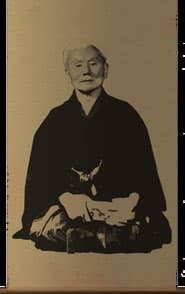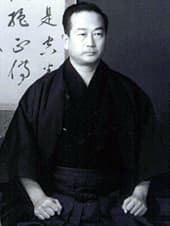


Shotokan Karate
Shotokan Karate is a traditional Japanese martial art known for its deep stances, powerful linear techniques, and a global network of dedicated practitioners who share standardized forms and rituals.
Statistics
Summary
Ritual Hierarchy
Social NormsLineage Loyalty
Insider PerspectiveGrading Gatekeeping
Gatekeeping PracticesGlobal Traditionalism
Community DynamicsLocal Dojo Communities
Practitioners training together at specific dojos or clubs, often forming tight-knit groups.
National & International Federations
Organizations that standardize grading, organize tournaments, and connect practitioners globally.
Online Learners & Enthusiasts
Individuals who supplement their training with online resources, discussions, and video analysis.
Tournament Competitors
Members focused on competitive karate, participating in regional, national, and international events.
Statistics and Demographics
Shotokan Karate is primarily practiced in dojos and sports facilities where physical training, instruction, and grading take place.
Regular classes, seminars, and workshops are central to learning and advancing in Shotokan Karate.
Karate tournaments, grading events, and international seminars are major offline gatherings for the community.
Insider Knowledge
"Only two types of moves: punches and more punches."
"I’m just here for the kihon corners."
„Oss!“
„Kihon is king.“
„Train hard, train smart.“
„Dojo kun ni shitagau.“
Always bow when entering and leaving the dojo.
Address senior practitioners as 'Sensei' or 'Senpai'.
Practice kata with seriousness and intention.
Do not question the instructor publicly.
Hiroshi Takeda, 52
Karate InstructormaleA seasoned Shotokan sensei from Osaka with over 30 years of teaching experience, dedicating his life to preserving and passing on traditional techniques.
Motivations
- Preserving the authenticity and tradition of Shotokan Karate
- Mentoring younger generations to uphold discipline and respect
- Promoting Shotokan Karate within and beyond Japan
Challenges
- Balancing modernization with tradition in martial arts teaching
- Attracting and retaining younger students in a digital age
- Overcoming language and cultural barriers when teaching international students
Platforms
Insights & Background
First Steps & Resources
Attend a Trial Dojo Class
Learn Basic Etiquette and Terminology
Practice Foundational Stances and Techniques
Attend a Trial Dojo Class
Learn Basic Etiquette and Terminology
Practice Foundational Stances and Techniques
Acquire a Karate Gi and Belt
Join Beginner Community Events
„Reciting the Dojo Kun together when joining a new dojo.“
Skipping kihon practice to move straight to sparring or advanced kata.
Using casual language or abbreviations instead of proper Japanese terms during training.
Facts
In Asia, especially Japan, Shotokan training often maintains more traditional, ritual-intensive practice sessions emphasizing kata perfection.
European dojos tend to incorporate cross-training and athletic conditioning alongside traditional Shotokan techniques.





















